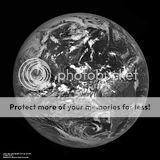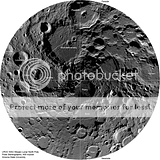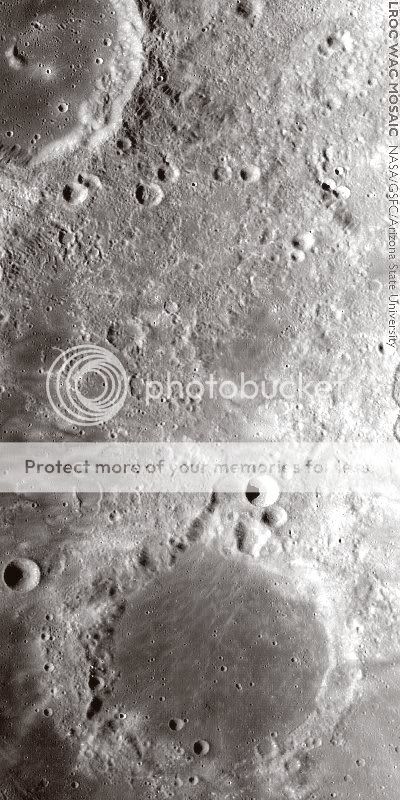3
3488
Guest
Thank You very much to both Wayne & EarthlingX.
Great press briefing by the looks of it with fascinating updates.
Like this one too, the Diviner Global Composition.
Earth from LRO LROC NAC from Selenecentric Orbit on Monday 9th August 2010. This time the Americas are shown. Image back in June was centred over Asia.

I am rather tired tonight, but I intend to come back tomorrow with my usual image enlargements & my spam.
Andrew Brown.
Great press briefing by the looks of it with fascinating updates.
Like this one too, the Diviner Global Composition.
Earth from LRO LROC NAC from Selenecentric Orbit on Monday 9th August 2010. This time the Americas are shown. Image back in June was centred over Asia.

I am rather tired tonight, but I intend to come back tomorrow with my usual image enlargements & my spam.
Andrew Brown.







